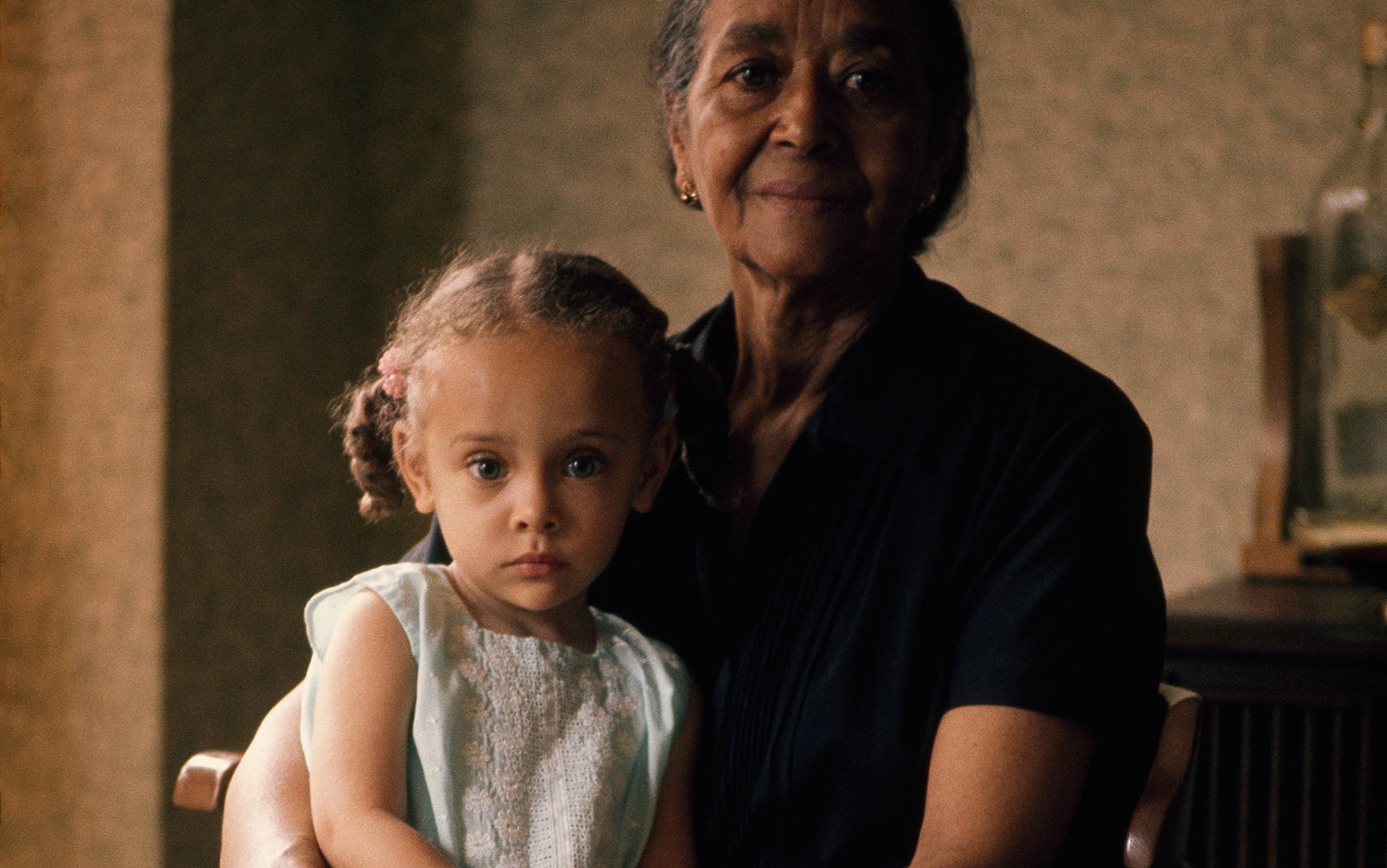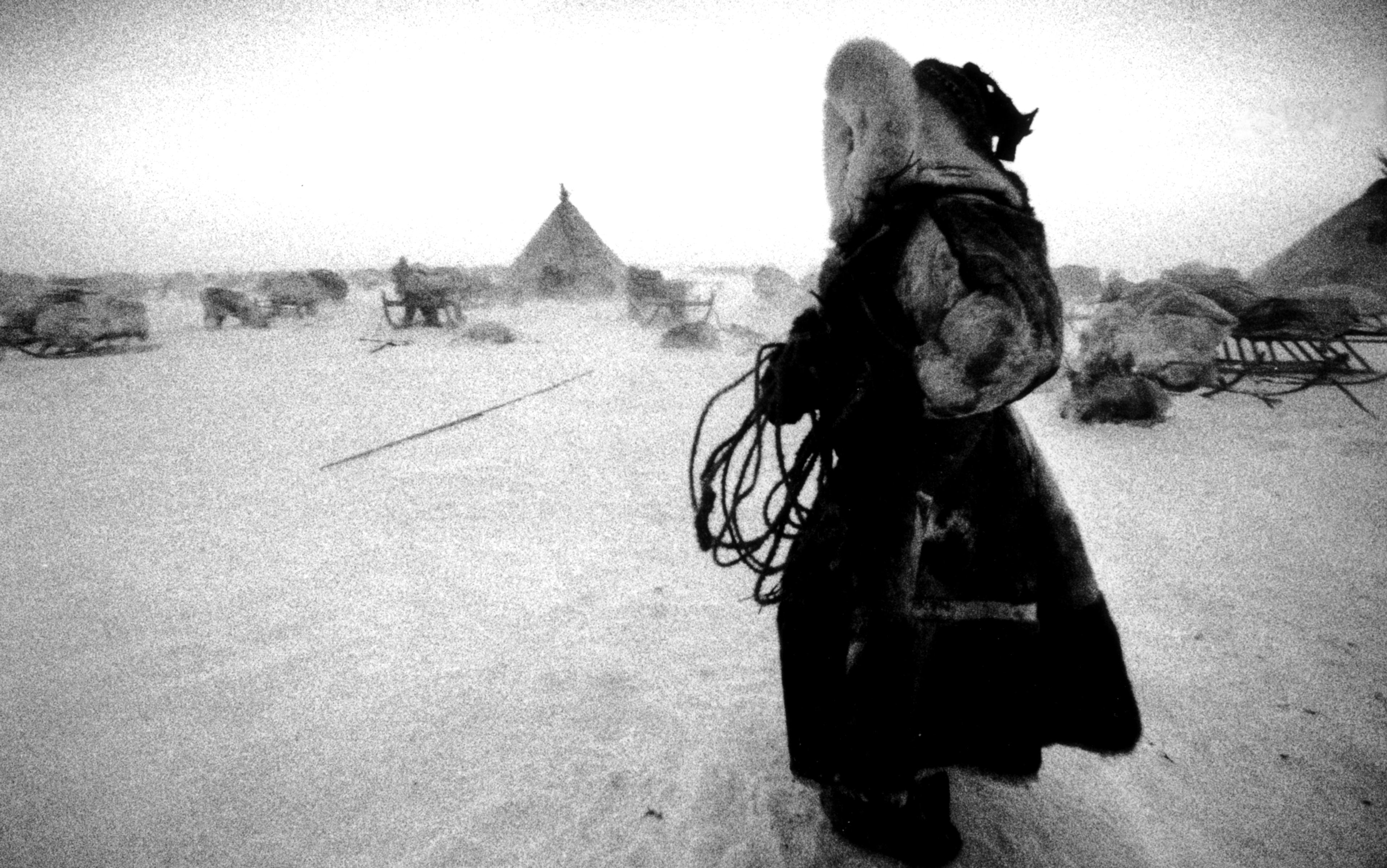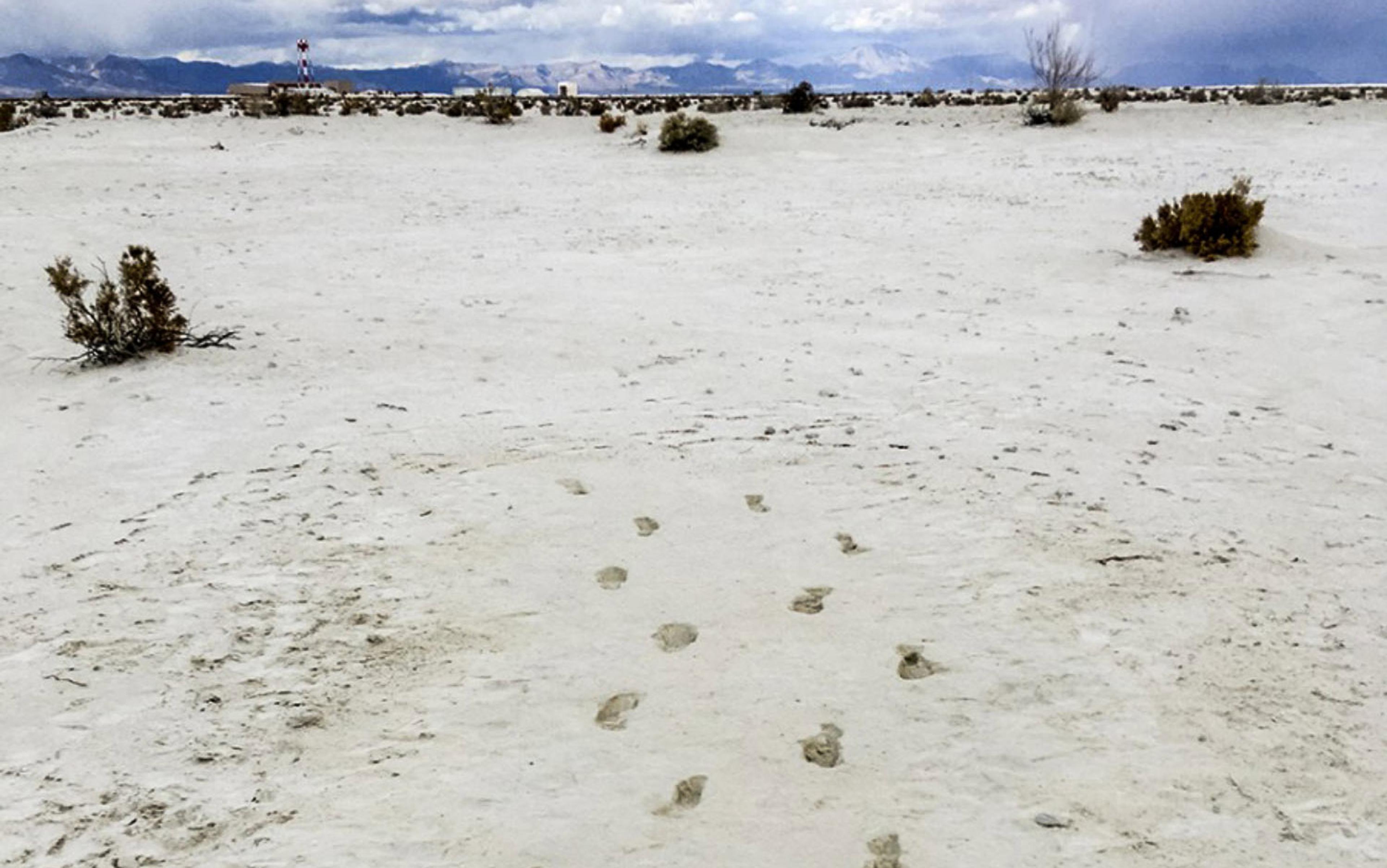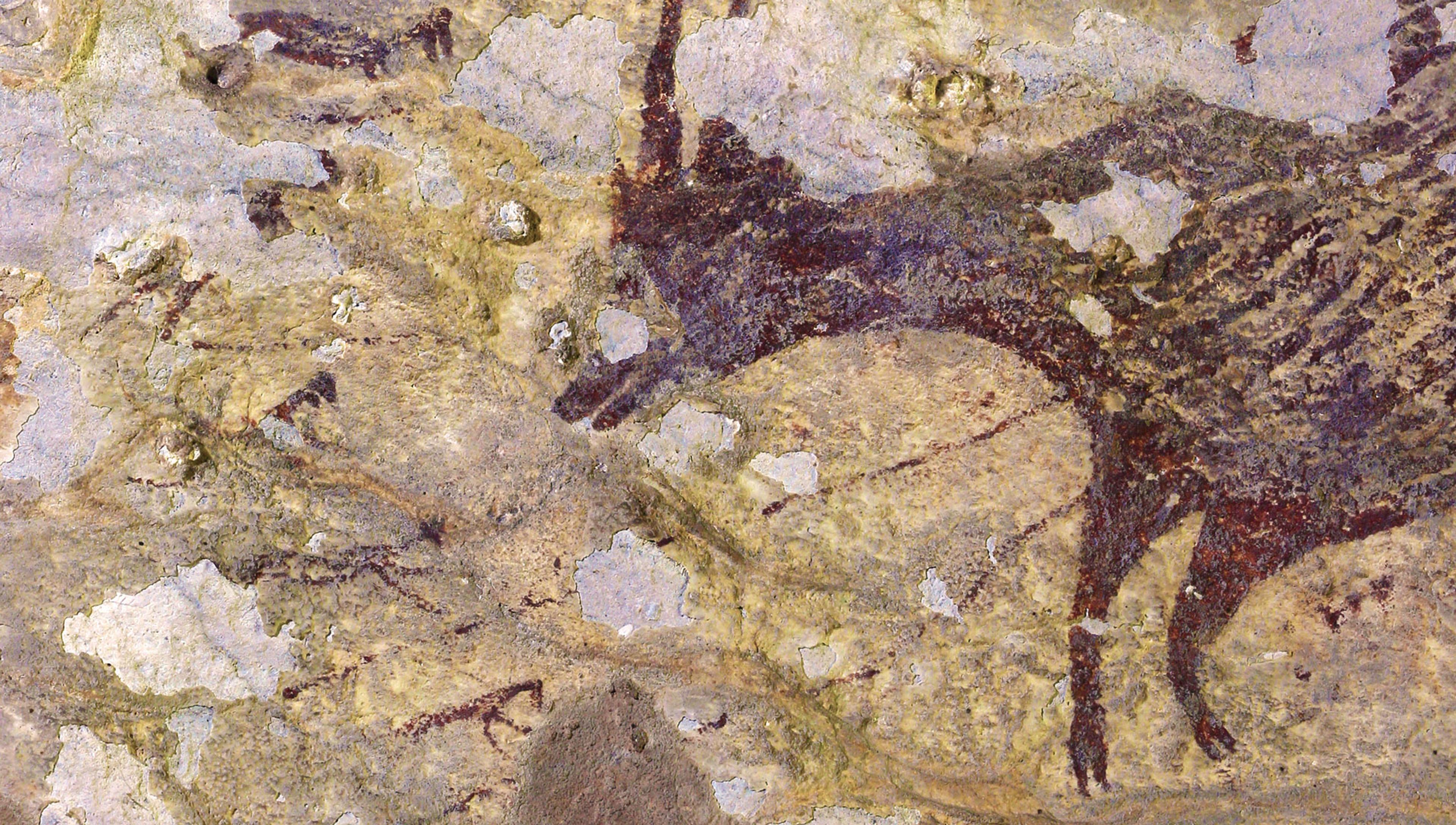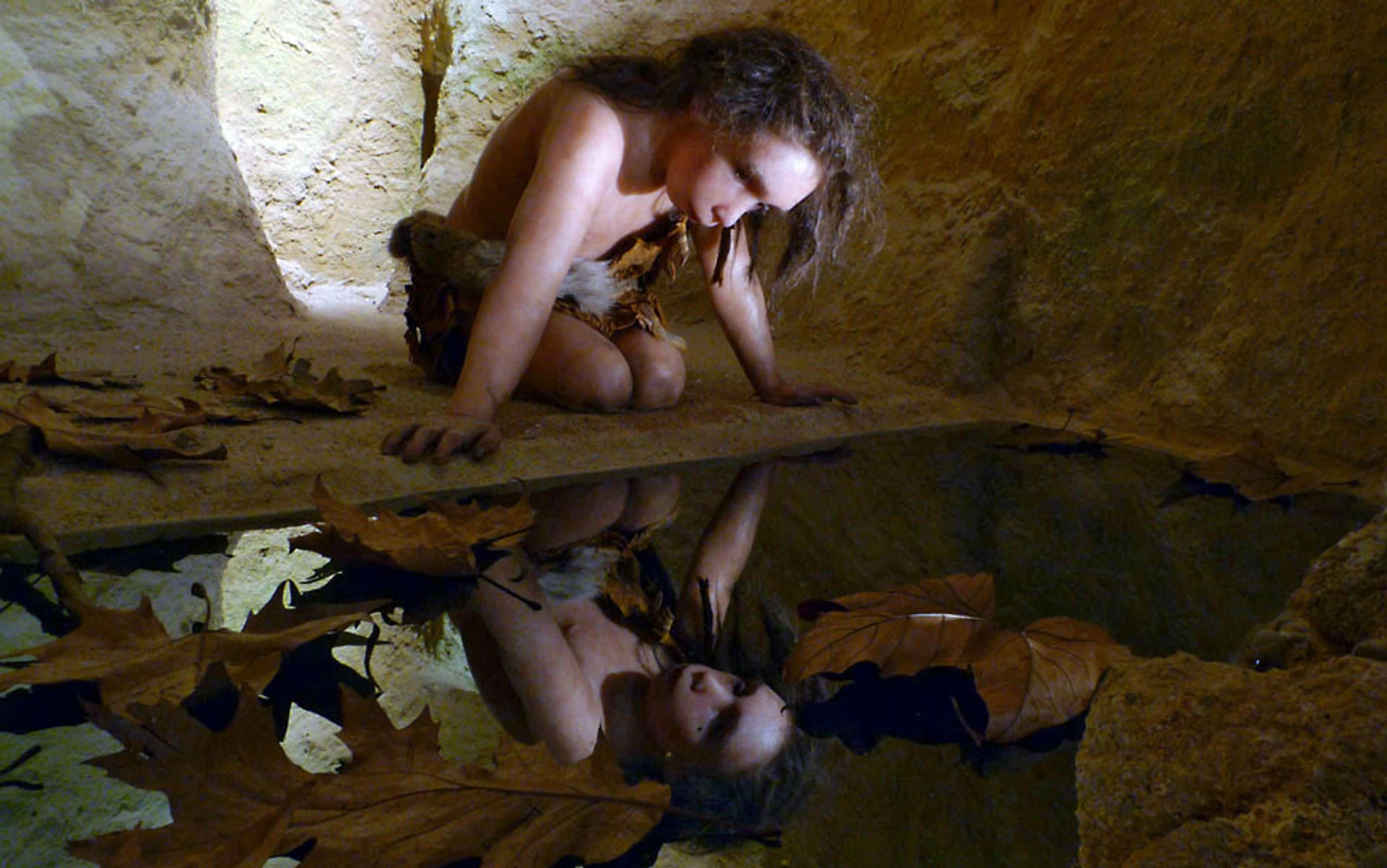In the future, a lot of people might look like Danielle Shewmake, a 21-year-old college student from Fort Worth, Texas. Shewmake has dark, curly hair, brown eyes, and an olive skin tone that causes many to mistake her heritage as Mediterranean. Her actual pedigree is more complex. Her father is half-Cherokee and half-Caucasian, and her mother, who was born in Jamaica, is the child of an Indian mother and an African and Scottish father.
‘My sister and I are just a combination of all that,’ she says, adding that she dislikes having to pick a particular racial identity. She prefers the term ‘mixed’.
Differences in physical traits between human populations accumulated slowly over tens of thousands of years. As people spread across the globe and adapted to local conditions, a combination of natural selection and cultural innovation led to physical distinctions. But these groups did not remain apart. Contact between groups, whether through trade or conflict, led to the exchange of both genes and ideas. Recent insights from the sequencing of hundreds of thousands of human genomes in the past decade have revealed that our species’ history has been punctuated by many episodes of migration and genetic exchange. The mixing of human groups is nothing new.
What is new is the rate of mixing currently underway. Globalisation means that our species is more mobile than ever before. International migration has reached record highs, as has the number of interracial marriages, leading to a surge of multiracial people such as Shewmake. While genetic differences between human populations do not fall neatly along racial lines, race nevertheless provides insight into the extent of population hybridisation currently underway. This reshuffling of human populations is affecting the very structure of the human gene pool.
Archaeological evidence suggests that Homo sapiens came into existence roughly 200,000 years ago in east Africa. By 50,000 years ago (but possibly earlier) people had begun to spread out of Africa, across the Arabian Peninsula and into Eurasia, perhaps driven by a changing climate that necessitated a search for new food sources. They made their way across now flooded land bridges to reach Australia and the Americas, and eventually came to inhabit even the most remote Pacific islands.
Evidence of these ancient migrations can be found by examining the DNA of living people as well as DNA recovered from ancient skeletons. In some cases, the genome studies corroborate archaeological and historical records of human movements. The Mongol Empire, the Arab slave trade, the spread of Bantu-speaking peoples across much of Africa and the effects of European colonialism have all left a predictable record within our genomes. In other cases, the genetic data provide surprises and can help archaeologists and historians settle controversies. For example, until recently, it was thought that the Americas were settled by a single wave of nomads who travelled across a land bridge spanning the Bering Strait. But recent genome analyses, which include samples from a wide range of indigenous groups, suggest that the Americas might have been colonised by at least four independent waves of settlers.
We are a restless species, and our genomes reveal that even the most intimidating geographical barriers have managed only to somewhat restrict human movements. Today, international migration is increasing at 1 to 2 per cent per year, with 244 million people in 2015 living in a country other than the one in which they were born. The biological implications of this massive experiment in interbreeding we are now witnessing will not be known for generations. But applying what we know about genetics and evolution can help us predict our future, including whether humans will be able to continue adapting to the constantly changing conditions on Earth.
Biological adaptation is a result of natural selection, and natural selection requires diversity. Think of natural selection like a sieve separating one generation from the next. Only the genes from those individuals that are well suited to their environment at that time will reproduce, passing their genes through the sieve to the next generation. Changing conditions alter the shape of the sieve’s holes and thereby which genes can pass through. The more variation there is in the population, the better the chances that some genes present in a generation will be able to pass through the sieve and be inherited by future generations. Unfortunately for us, humans are not very diverse.
We Homo sapiens have less genetic diversity than do many species of chimpanzees, gorillas and orangutans – our closest living relatives – despite the fact that each of these are so few in number that they are considered either endangered or critically endangered. Our low diversity is due to the fact that we have only recently become so numerous (whereas the opposite is true for our primate cousins). There are now roughly 7.5 billion living humans, but just 100 years ago there were fewer than 2 billion. Our population has exploded in the recent past, and is continuing to grow, with some 130 million babies born each year. Each baby carries on average 60 new mutations in its genes. With these new gene variants comes the potential for future evolutionary change.
People today are more likely to live in an environment for which they are not biologically well-suited
Our ability to continue to adapt to the changing conditions on Earth improves as new genetic variation is introduced to our gene pool through mutations. But the entire human gene pool is made of many smaller gene pools, each corresponding to a particular population. The movement of people around the Earth is mixing these populations, allowing genes to flow back and forth between gene pools, with several important implications for our ongoing evolution.
Let’s start with the downsides. Like all species, human groups became adapted to local environments as we spread around the world. Yet the rapid movement of people between regions and the mixing of people with distinct characteristics means that people today are more likely to live in an environment for which they are not biologically well-suited.
Consider natural resistance to infectious diseases, which evolved in places where such diseases were common. Such geographical associations are being eroded by global migration. The prevalence of malaria, which continues to cause some 400,000 deaths each year and is especially deadly to children, has resulted in the evolution of physiological protections from infection. Examples include sickle cell disease and thalassaemia – blood conditions that can create health problems of their own but that nevertheless afford protection from the deadly disease and were therefore favoured by natural selection in regions where malaria was common. Today, sickle cell and thalassaemia exist in places without malaria as a result both of migration and of the local eradication of malaria.
Likewise, many people live in regions where their skin pigmentation is not ideal for the local sunlight intensity. The colour of human skin is determined by the amount of the pigment eumelanin, which acts as a natural sunscreen. Having a lot of eumelanin is an advantage for those who live in a place where sunlight is intense and, since our species originated in tropical Africa, the first humans were probably dark-skinned. Lighter skin evolved later in populations that migrated out of the tropics, into regions where sunlight hits the Earth more obliquely. Not only is eumelanin needed less in such regions, it is actually problematic because our bodies require sunlight to penetrate the skin in order to produce vitamin D. With too much eumelanin, dark-skinned people living at high latitudes risk developing nutritional disorders such as rickets, which causes the skeleton to become deformed. This trade-off – having either too much or too little sunlight penetrating the skin – caused human populations to evolve eumelanin levels that are appropriate for their region. As people move around the world, mismatches between eumelanin and local sunlight intensity result in skin cancer and vitamin D deficiencies, both of which are considered epidemics in some regions.
As populations blend, medium skin tones will become more common. Eumelanin production is determined by numerous genes, so when people with different skin tones have children, these children inherit a combination of gene versions from each parent, resulting in skin tones that are likely to be intermediate between that of their parents.
Such blending is expected for complex traits encoded by multiple genes, such as skin pigmentation or height. But some characteristics, such as having dry earwax or thick hair, are controlled by just a single gene. Blending is not possible for these traits, which a person either has or does not have, based on the genes inherited from the parents. What population-mixing might cause, however, is combinations of traits that were previously rare, such as dark skin and blue eyes. Just such a combination can already be found in the Cape Verde islands, whose modern population is descended from Portuguese and West Africans.
In many parts of the world, blending is well underway. In highly diverse urban centres such as Singapore, inter-ethnic marriages are rising quickly – from just 7.6 percent of all marriages in 1990 to 21.5 per cent in 2015. In the United States, interracial marriages have doubled since 1980. Not surprisingly, the number of multiracial US children climbed 10-fold over roughly the same time span, up from just 1 per cent of all births in 1970 to 10 per cent in 2013. In Brazil, where European, African and indigenous populations have been mixing for centuries, some 43 per cent of the population identifies as ‘pardo’, or mixed-race, according to a 2010 census.
A distinct advantage of this blending is that beneficial traits present in one population can make their way into the other. For instance, should a mutation appear somewhere in southeast Asia that provides protection against the Zika virus, it wouldn’t help those facing the current outbreak in South and Central America. Yet if someone with the mutation moved to South America and established a family there, the mutation could save lives and hence be passed to future generations.
A striking example comes from one of the highest altitude regions on Earth, the Tibetan plateau. Because the air is thinner at higher altitudes, there is less oxygen available to breathe – 40 per cent less in the case of the Tibetan plateau, much of which exceeds 13,000 feet (4,000 metres) above sea level. Low oxygen levels are especially problematic for childbirth, and complications such as preeclampsia (a pregnancy disorder) are more common at higher altitudes. Although people from lower altitudes who spend extended amounts of time at high altitude can partially adjust by making more red blood cells to capture oxygen, this is an imperfect solution as it can lead to a condition known as chronic mountain sickness.
After a tryst between a modern human and a Denisovan, a child was conceived, who left descendants, some of whom became Tibetans
Yet Tibetans, whose ancestors have lived on the plateau for at least 30,000 years, are well-adapted to the low-oxygen environment, thanks in part to particular versions of the genes EGLN1 and EPAS1, which are involved in sensing and adjusting to oxygen levels. In a paper published in 2014, the geneticist Anna Di Rienzo, the anthropologist Cynthia Beall and colleagues showed that Tibetans can trace their ancestry to two previously distinct populations, related to modern Han Chinese and Sherpa. By examining the genomes of all three living populations – Tibetans, Han Chinese and Sherpa – the researchers pieced together a sequence of events in which people from the lowlands related to the modern Han Chinese migrated to higher altitudes, where they mixed with those already present (relatives of the Sherpa). The beneficial EGLN1 and EPAS1 gene versions were thought to already be present in the relatives of the Sherpa, and acquiring these gene versions helped the newcomers to survive and pass on their genes.
But how did the relatives of the Sherpa come to acquire the beneficial versions of their genes in the first place? This, too, seems to be a result of mixing – not just between two different human populations but between two different species. Remarkably, the version of the EPAS1 gene associated with high-altitude adaptation was found in the DNA of the extinct cousins of the Neanderthals known as Denisovans, whose fossilised remains were found in a Siberian cave in 2010. The population geneticist Rasmus Nielsen and colleagues inferred from this that the EPAS1 variant made its way into the human gene pool following a tryst between a modern human and a Denisovan, members of different species that nonetheless conceived a child who survived and left descendants, some of whom became modern Tibetans.
Although the EPAS1 gene variant acquired from Denisovans is known only from Tibetans and Han Chinese, other traces of Denisovan DNA can be found in modern people living across much of South and East Asia, Australia, New Guinea and Oceania. Likewise, genes from Neanderthals, who lived in western Eurasia, can be found in all living human populations except Africans. Genomic surveys have recently detected evidence of mixing with additional extinct relatives – species like the Neanderthals and Denisovans but who are thus far unknown from the fossil record.
The benefits that come from mixing genes from different populations are well-known to plant and animal breeders. Hybrid corn, for example, outperforms pure varieties when planted in the same fields. This was first demonstrated by the geneticist H G Shull with experiments begun in 1906. Based on his results and corroborated by further research, hybrid corn varieties became more popular in the 1920s and ’30s. Today, according to the US Department of Agriculture, 95 per cent of all corn grown in the US is hybrid corn, which is 20 per cent more productive and uses 25 per cent less land.
Mixing genes is not only beneficial; when mixing doesn’t occur, there can be negative consequences. Consider purebred dogs. A 2013 study from the University of California, Davis compared veterinary records of 27,254 purebred and mixed-breed dogs, and identified 10 different genetic disorders, including elbow dysplasia and cataracts, that purebred dogs are more likely to suffer than mixed-breeds. Generations of exclusively same-breed mating has caused an accumulation of recessive alleles, which are likely to be masked by a dominant allele when crossed with a different breed.
As the world’s population becomes increasingly mixed, some genetic disorders will become less common
Similar effects are found in humans. About 10 per cent of all marriages today occur among close relatives, defined as second cousins or closer. The highest rates are in North Africa and the Middle East, and among immigrants from these regions, where marriage among kin is often encouraged for religious or social reasons. Although genetic counselling is needed to determine the precise risks, in general, the more closely related the parents are, the more likely their children will have birth defects or genetic disorders. The children of first cousins are 2-3 per cent more likely to have certain birth defects, including deafness and heart defects, and 2-4 per cent more likely to have recessive genetic disorders.
While marriages among relatives remain common in certain regions, the worldwide trend is in the opposite direction. When both parents are very distantly related, as happens when their ancestors come from different human populations, the chances of both having a recessive allele for the same gene is extremely low. Consequently, as the world’s population becomes increasingly mixed, some genetic disorders will become less and less common.
If the history of life on Earth can teach us anything, it is this: as conditions change, species either adapt or become extinct. In our time of considerable environmental change, humanity should consider its options. No species, even the almighty Homo sapiens, can stop evolution completely. But we can choose to limit our capacity for ongoing biological adaptation in an effort to remain ever the same by keeping populations isolated. Of course, such decisions are not made by humanity as a whole but by individuals and governments. Nationalism and xenophobia, on the rise in the US and Europe, threaten to decrease genetic exchange between populations, stifling our ability to continue evolving and adapting.
Alternatively, we can embrace immigration and globalisation in an effort to position ourselves for a brighter future. The underlying causes of the current high rates of human migration are likely to persist, and perhaps to increase, as the global human population continues to grow. Access to natural resources such as fresh water have long driven population movements, and these might become even more important drivers of migration as the world’s population expands. Likewise, as economic development proceeds, the amount of resources used by each person will continue to rise, putting further pressure on scarce resources and further motivating people to move in search of better conditions. Sea levels are expected to continue rising as a result of global climate change, and this is likely to drive large-scale population movements away from low-lying coastal areas as they become uninhabitable. In short, the reshuffling of populations that results from the movement of people around the world will continue to shape the structure of our gene pool – and, by extension, our future evolution – for many generations to come.
People such as Danielle Shewmake who identify their heritage as mixed are likely to become increasingly common. She believes that this has already happened within just a generation. ‘My mom always used to joke about how all her friends were multiracial couples and she thought that was so cool, and it was like different and cool,’ she said. ‘But now it’s like normal and cool.’
